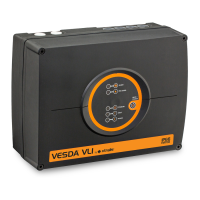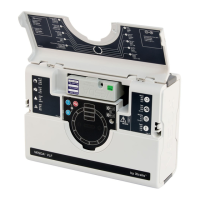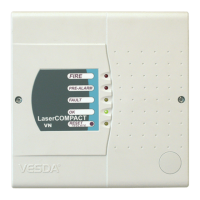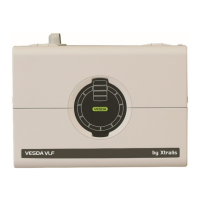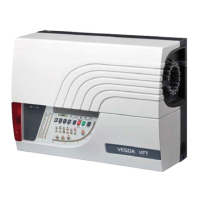VESDA by Xtralis VESDA Pipe Network Installation Guide
www.xtralis.com 7
3 Components of a Pipe Network
This section describes various components used in constructing a pipe network and guide lines that should be
observed in using these components. It is unlikely that all the components mentioned here will be used in
every installation and some projects may require components other than those mentioned here.
3.1 Pipe Line
The sampling pipe used for the pipe network is normally a low cost 19 mm to 25 mm (0.75 to 1 in) ID PVC
pipe. We recommend the use of 21 mm (0.83 inch) ID, smooth bore pipe. The internal diameter for the pipes
may vary depending upon design requirements. The sampling pipe used must also comply with local codes
and standards.
Figure 3-1: A section of VESDA pipe
3.2 Couplings, Socket Unions and Expansion Joints
Couplings, socket unions, and expansion joints are used to connect pipes together.
A. B.
Figure 3-2: Coupling joint (A) and socket unions (B)
For information on expansion joints, refer to Section 4.3 on page 13.
Couplings are the usual way to connect two pieces of pipe.
Socket unions are typically used where the pipes may have to be periodically dismantled for maintenance.
Socket unions are also used where it is important to have the correct orientation of sampling holes, for
example, sampling pipes over air grilles.
Expansion joints are used in environments where pipes are likely to expand and contract due to variation in
temperature, for example, sampling pipes in refrigerated warehouses.

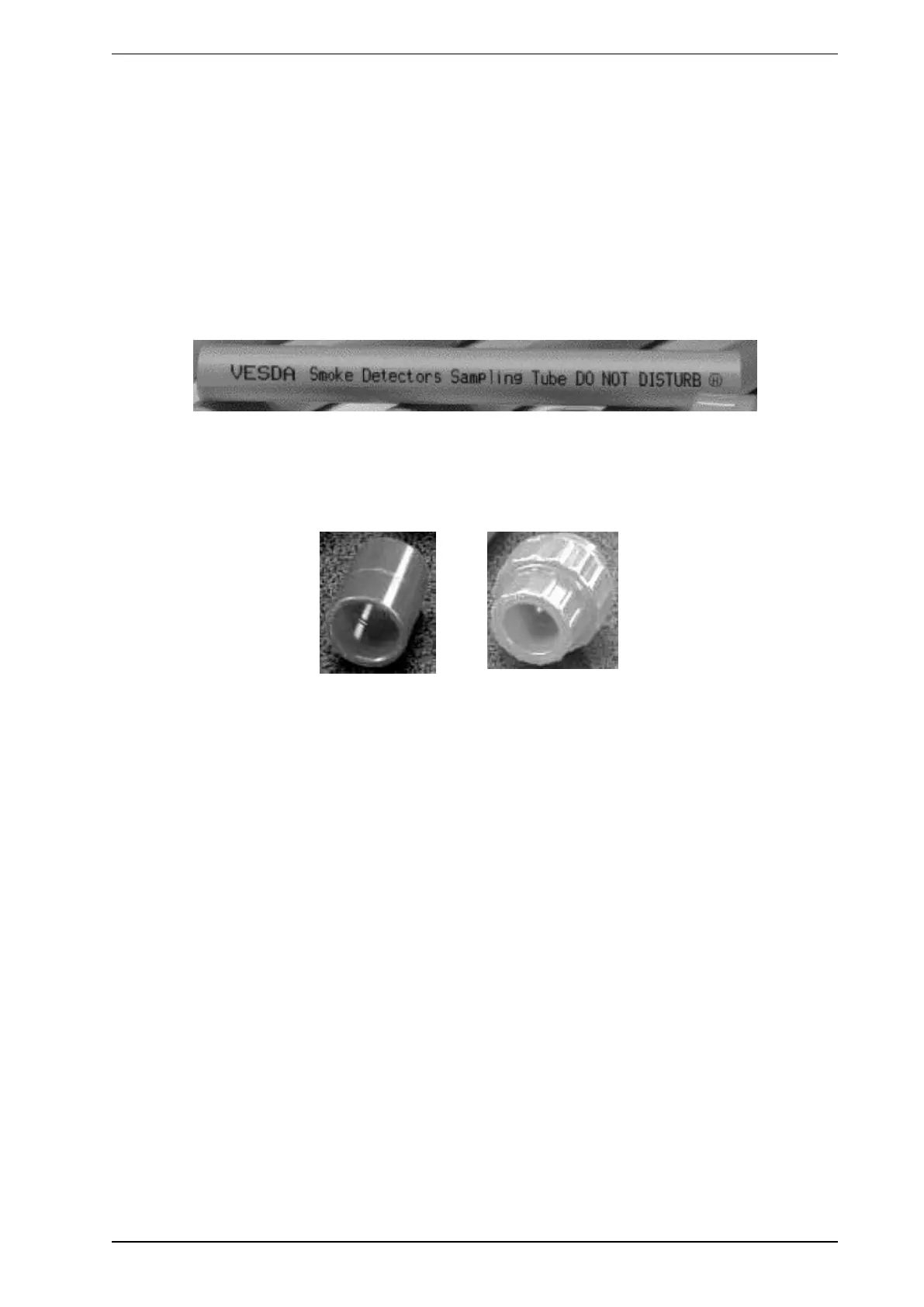